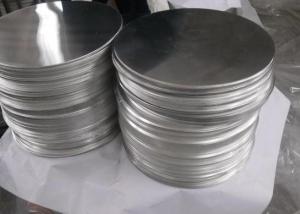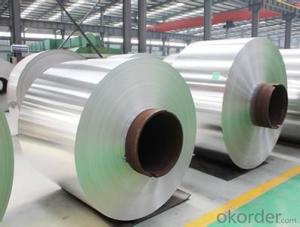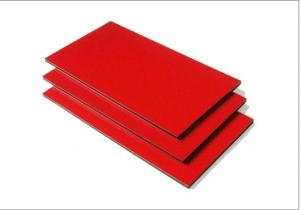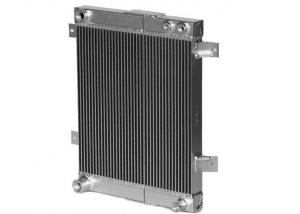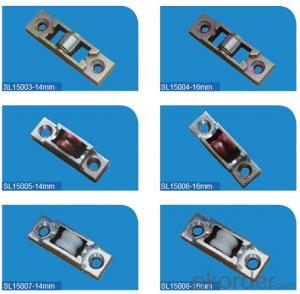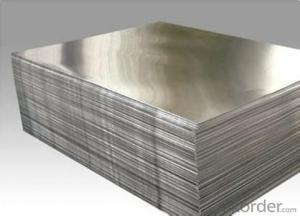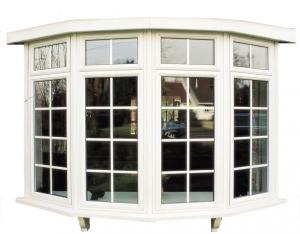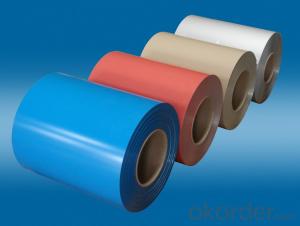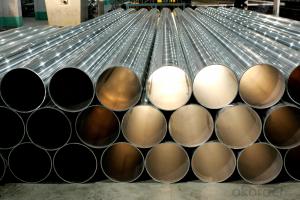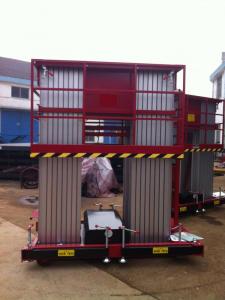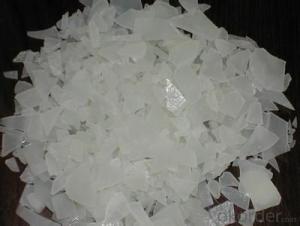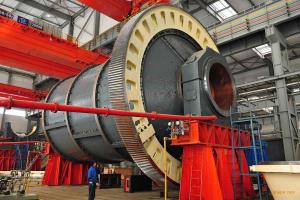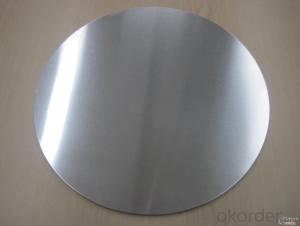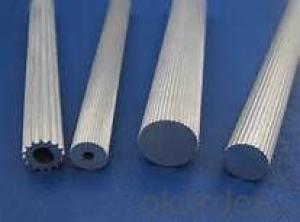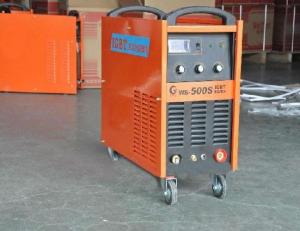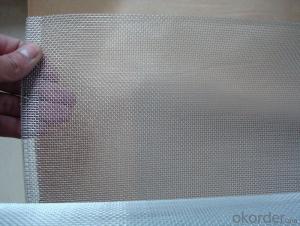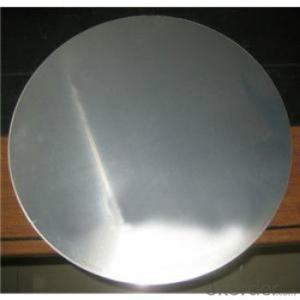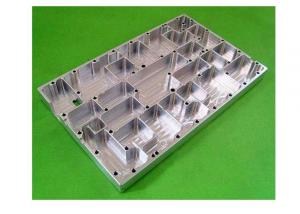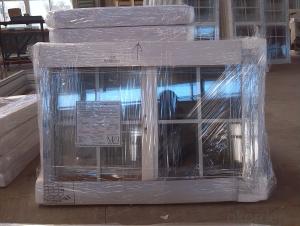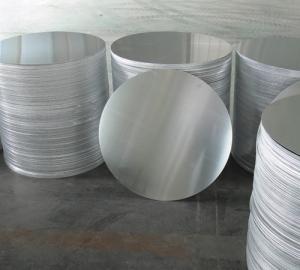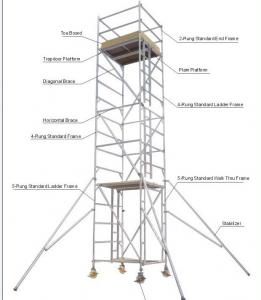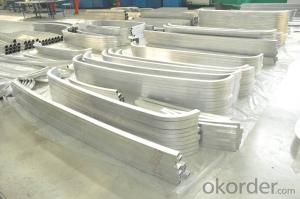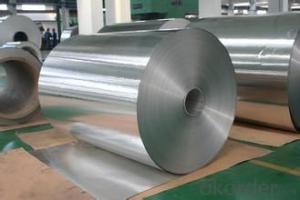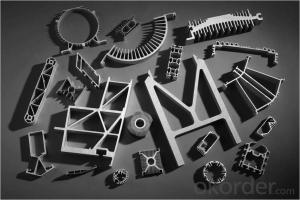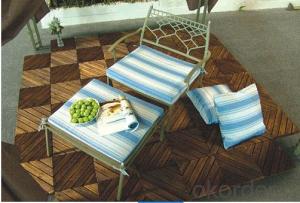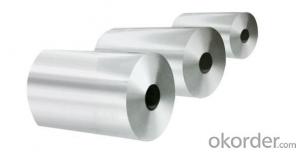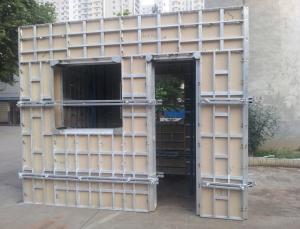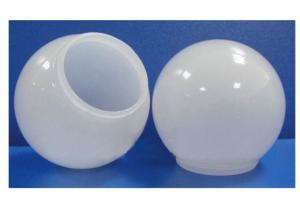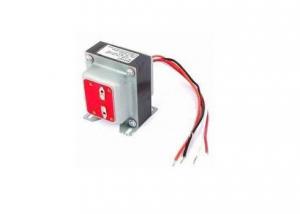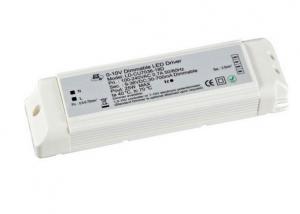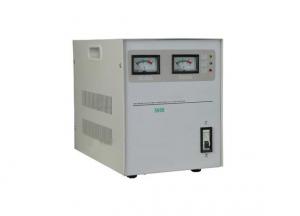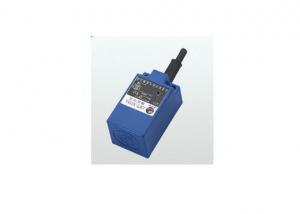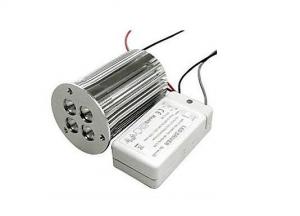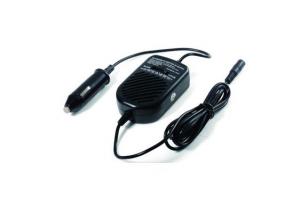Aluminum Mill
Aluminum Mill Related Searches
Aluminum Mill Stock Aluminum Plate Factory Aluminum Coil Factory Aluminum Ore Aluminum Circle Aluminum Wheels Milled Aluminum Plate Aluminum Stock Circle Aluminum American Aluminum Stock Us Aluminum Stock Aluminum Stock Market Aluminum Stock Near Me Stock Market Aluminum Aluminum Gates Coil Aluminum China Aluminum Coil Factory Extruded Aluminum Rail Cold Forming Aluminum Aluminum Awnings Aluminum Metal Plate 1 Aluminum Stock Aluminum Girder Stock Aluminum Aluminum Coil Pipe Aluminum Foil Company Aluminum Strip Aluminum Plate Supply Coil Of Aluminum China Aluminum StockAluminum Mill Supplier & Manufacturer from China
Aluminum Mill, which encompasses a wide range of aluminum products such as sheets, plates, bars, rods, and tubes, is a versatile material used across various industries. This product is favored for its lightweight, corrosion resistance, and high strength-to-weight ratio, making it ideal for applications in construction, automotive, aerospace, and consumer goods. The usage scenarios for Aluminum Mill are vast, as it can be found in everything from building facades and window frames to aircraft components and beverage cans. Its adaptability and workability also make it a popular choice for custom fabrication and design projects.Okorder.com is a leading wholesale supplier of Aluminum Mill products, boasting a substantial inventory that caters to the diverse needs of customers. With a commitment to quality and customer satisfaction, Okorder.com ensures that the Aluminum Mill products they offer meet stringent industry standards and are available at competitive prices. This makes them a reliable source for businesses looking to stock up on aluminum materials for their manufacturing processes or projects.
Hot Products

